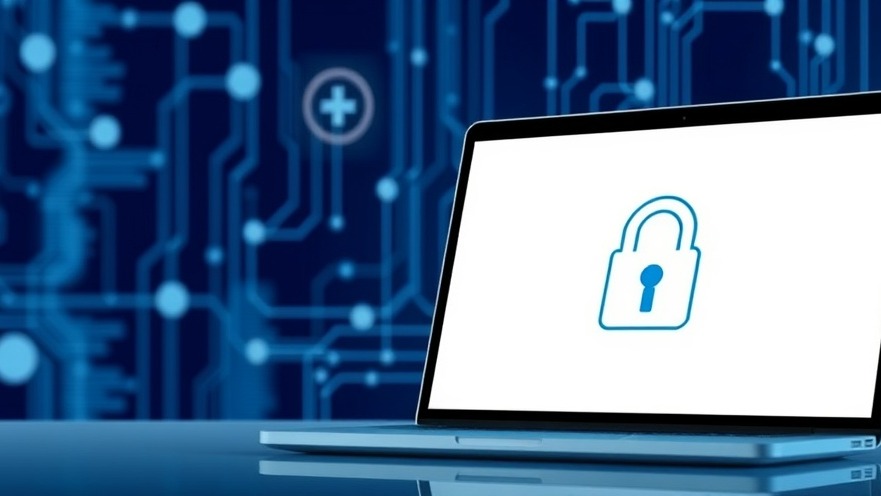
Understanding the New Cybersecurity Standards for Healthcare
As our world grows increasingly digital, the issue of cybersecurity in healthcare becomes paramount. The new federal security standards proposed in December 2024 aim to fortify the protections around patient information amid a rapidly changing threat landscape driven by advanced technologies like AI and quantum computing. For concierge health practitioners, adapting to these changes is not just a regulatory obligation but a fundamental step in ensuring the privacy and safety of patient data.
Why the New Standards Matter
The updated regulations mark a significant shift in how healthcare entities handle sensitive data. One of the central mandates focuses on data encryption and the implementation of multifactor authentication to bolster security. These measures are crucial, particularly considering that healthcare organizations experience a cyberattack every 39 seconds on average. The potential repercussions for failing to adapt to these new standards include hefty fines and reputational damage—challenges that occupy a significant space in the practice management concerns of driven health professionals.
Exploring Cost Implications
The Department of Health and Human Services (HHS) estimates that the first-year compliance costs could hit around $9 billion, with yearly expenses following closely behind at approximately $6 billion. For small practices or concierge health facilities that already operate on tight budgets, these financial burdens can seem daunting. Understanding how to budget for these changes and seek out financial assistance or grants may provide critical pathways forward.
Innovative Approaches to Compliance
Healthcare systems must explore innovative solutions to meet these new standards effectively, especially smaller practices that lack dedicated IT resources. Consider the following:
Staff Augmentation: By augmenting their IT departments with third-party staffing solutions, healthcare providers can secure necessary expertise without committing to long-term hires. This can allow for short-term projects that enhance security practices, such as compliance audits or emergency incident responses.
Advanced Technologies: Implementing AI-driven technologies can provide real-time network monitoring, significantly reducing the burden on healthcare IT teams. Utilizing automated systems not only enhances security but can also streamline care delivery, aligning with broader healthcare goals.
Key Takeaways for Concierge Practitioners
As compliance with federal cybersecurity requirements lurks on the horizon, numerous strategies can mitigate the stresses of adaptation. Concerns about the complexity of new technologies can be eased through partnerships with experienced IT consultants or managed service providers that specialize in healthcare.
The HHS Strategic Plan emphasizes the use of technology in improving health outcomes and increasing access to services. Embracing these advanced tools not only assists by adhering to new regulations but also optimizes your practice's overall efficiency.
Looking Ahead: The Future of Cybersecurity in Healthcare
As we anticipate these regulatory changes, it’s essential to remain proactive rather than reactive. By understanding upcoming compliance deadlines and beginning to adjust your cybersecurity strategy now, your practice can position itself favorably for the future. Engaging with your local healthcare network for shared resources or knowledge can also foster a community-wide effort in compliance, ultimately benefiting patient trust and public health.
As cybersecurity threats evolve, staying updated on technical requirements and implementing innovative solutions is critical for any healthcare practice. While embracing technology may be overwhelming at times, doing so ensures your practice remains robust, secure, and dedicated to the highest standards of patient care.
 Add Row
Add Row  Add
Add 






Write A Comment